Sports facilities: types, features, design
Since ancient times, mankind has made a special emphasis on sports. For a long time it was directed more to the development of combat skills than just maintaining the body's health, but the result was the same. Now the sports facilities are used throughout, and many states, including the Russian Federation, allocate serious funds nor their development. The modern doctrine of most countries in the care of the health of citizens. Background can be quite different, but the fact remains that the construction of this type are constantly being built.
What it is
Sports facility - a special building (can be both open and covered), which is equipped with all necessary equipment for sports activities and / or sports events. Depending on the characteristics of a particular site, it can be used for specific sports, and be universal or multipurpose.
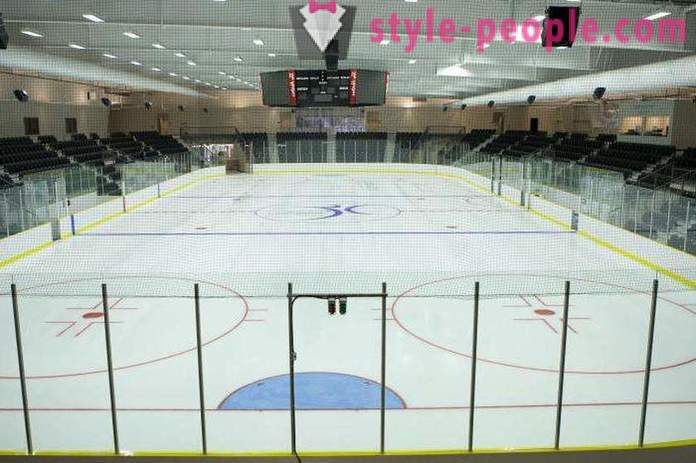
History
Sports facilities as a specialized buildings (or their equivalents) have started to appear in the Stone Age. Of course, at that time it was very primitive, and at best, use some kind of awning for protection from the sun and relatively the same type of stone as sports equipment. A little later, these buildings began to appear in America. Indians actively use their sports facilities as places of religious significance. They just play with a ball or a disc has been closely associated with the existing beliefs that gave happening on the "stadium" special significance and draws huge crowds of "fans." At the moment, we have already found more than 1,300 such facilities, and most likely, it is not the limit. From a historical perspective, following the account are ancient Rome and Greece. There's sport was closely intertwined with the idea of the existence of society and partly with religion, too. So it's no surprise that the Olympic Games were founded it in ancient Greece and the Roman Empire became known, among other things, also for its magnificent Colosseum, in which there are various events and gladiators fought. After the fall of Rome sports ceased to be centralized, the state of the structure, and up to about Renaissance it hardly recalled.
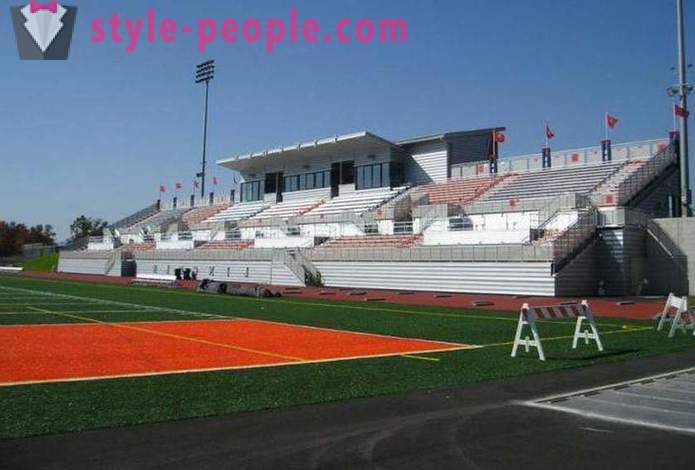
intended Classification
All sports and sports facilities can be divided into several groups. One of the most popular is the classification of the type of appointment of a particular building. There are three main types:
- Recreational-sports. Such buildings are primarily designed for the local population physical training and recreation aktivnygo. In most cases, these facilities are focused on those sports which can not pose a threat to the participants themselves or others.
- training and training. Facilities of this type are focused on improving the skills and abilities of applicants. Usually these buildings operate on the basis of educational institutions. The following types: checkers, chess, horse riding, skating, shooting, bobsleigh, skiing, sailing and rowing. All of them, regardless of whether equipped with seats for spectators or not, fall into this group classification.
- Entertainment-Sports. The last type are special facilities that are focused primarily on the mass sports activities to comprehensively cover a particular sport. For these structures are characterized by a large number of seats with excellent visibility and convenient evacuation systems. Types of structures: the race track, the velodrome, sports palace, the stadium.
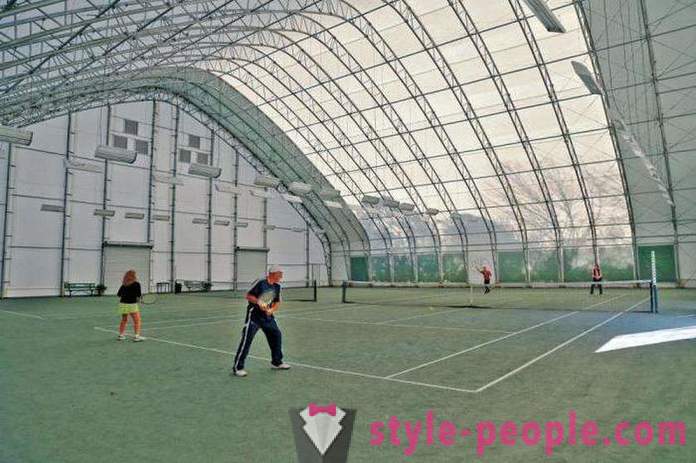
on the specifics Classification of
Apart from destinations such as buildings are separated by their features:
- Complex. Structures, which consist from several buildings separated but united by a common infrastructure or territory. Species multiplex enclosures, playgrounds, swimming pools, sport palaces and stadiums.
- Individual. The exact opposite of all of the above. They are characterized by specialization in one sport. Activities: Stand for the shooting, horse riding, cycling track, facilities for winter sports, baseball field, rugby, football and so on.
- Planar. Sports facilities of this type are characterized by a large number of smooth space. Activities: downhill skiing, speed skating track, a sports field.
- Volume. Any construction on the premises.
- Built. Refers to such sports facilities, which are created in the premises with another appointment.
- Individual. Dedicated area for sports.
- devices. Created on the basis of other buildings or areas which up to this point have not been focused on sport.
- Specialist. Such facilities were originally created with the specific purpose of sports.
Classification by structure
On design features kinds of sports facilities are divided into:
- Covered. They are characterized by the presence of homeless competitors. Generally built for these kinds of sports that do not require a large amount of space, but there are also facilities for playing football and other similar sports.
- Open. Any area not equipped with a special shelter from the sun, wind or any adverse weather conditions.
Much depends on the sport. In some cases, the creation of closed areas will not be feasible, while others (for example, with winter sports) will be mandatory.
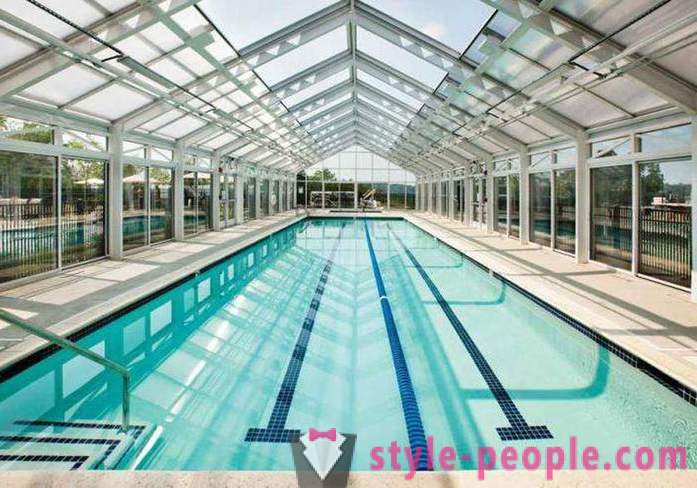
structure
When designing sports facilities of every kind and type are always three basic structure elements together to create a common view of the structure.
- Summary. This is the place where the classes are held in sports.
- Auxiliary. Changing rooms, showers, administrative, medical, and other similar structures, not directly related to the selected type of sport, but indirectly contribute to the improvement of working conditions or occupations.
- Audience. It stands or any other variants of places for those who want to see the match. Also included are other options of infrastructure, such as a cafe and toilets.
design
In addition to the structure, it should also take into account the following features are important in the design of structures:
- room height depending on the size and destination should be at least 7 but not more than 15 m (when used indoors).
- Inside the indoor and outdoor playground areas are required to be absent any obstacles such as columns or pillars.
- It is mandatory requirement of uniform illumination. Seek it can be both natural and artificial means, but the general rule is that the area directly to the competition is bound to be illuminated better than the spectator stands, so they did not attract much attention. In some cases (boxing, wrestling, fencing, etc.) necessary to have additional directional light sources.
- Regardless of the manner in which achieved the desired level of coverage, be sure to exclude the possibility of glare competitors.
- Construction Walls inside should be smooth. Not allowed to have any recesses or projections. Invoice them should be light and easy to wash off.
- In the special attachment can be provided in the hall need for portable sports equipment, but they must be fully closed, and while not necessary, does not stop people.
- Sills can not be located lower than at an altitude of 2, 2 meters, and only on one side of the hall.
- The average indoor temperature should not be below 12 degrees, it is undesirable to raise above 15 degrees.
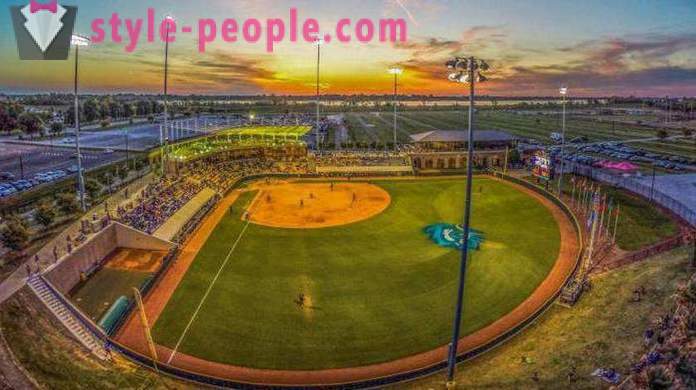
Control Properties
All kinds of sports facilities by type of management can be divided into two categories: private and public. Of the first nothing concrete can be said, as the owner has the right to set any rules for, as long as they do not conflict with the current regulations and laws. sports facilities management such as public in general is not very different from working with any other constructions. It is timely to check the construction of the need for planned maintenance, to ensure the required inventory, monitor the work of the electricity, water and sanitation, to organize events and / or willing to engage in sports. Depending on the type of construction, sports, for which it is oriented, and some other factors management features may differ slightly, but overall remain approximately the same.
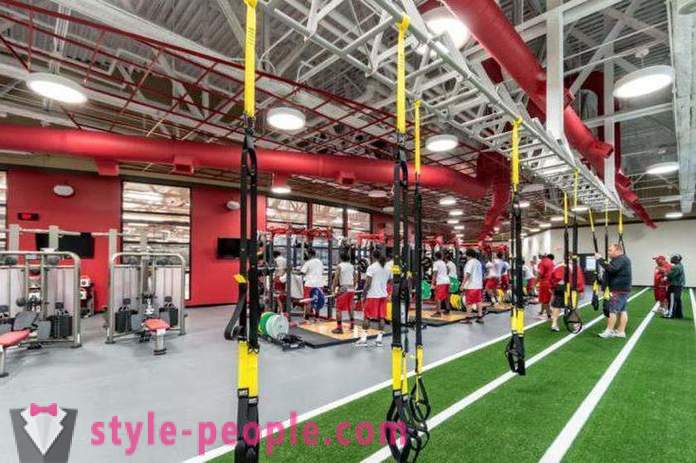
Technology and sports facilities
The norms of sports facilities at the moment are focused exclusively on the modern sports. However, due to the constant development of technology in the near future may be new requirements for the work of such structures. Practically everything that somehow relates to the sport and can be used to maintain physical fitness, has one way or another, there in the world. In the future, as they become more advanced technologies in the field of robotics competitions can reach a new level when the man only controls the machine from a distance, and in the arena of competing with each other different models of robots. Something like there is now, but still only in its infancy.
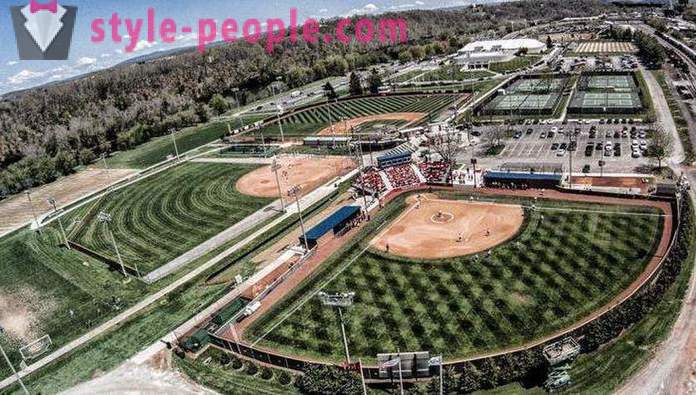
Summary
Classification of sports facilities allows to divide them into groups depending on the type of operation and features. For ordinary people it does not matter, however, it is directly related to the capacity of States to the construction of new facilities. A clear understanding of where and what types of structures are present, as well as data about their workload to help make decisions about the future development of this direction.
Related articles
- Hippodrome - it ... Definition, description, species and interesting facts
- The municipality Pine Glade (St. Petersburg): a description of how to get
- Swimming pool - that is, descriptions, types, features and reviews
- St. Petersburg, Elagin Island: how to get there, what to see
- Stadium "Stamford Bridge": description, photos
- "Sibur-Arena" on Krestovsky: mnogofunktsioanlny complex in St. Petersburg
- The resort district of St. Petersburg: the description, characteristics and interesting facts













































